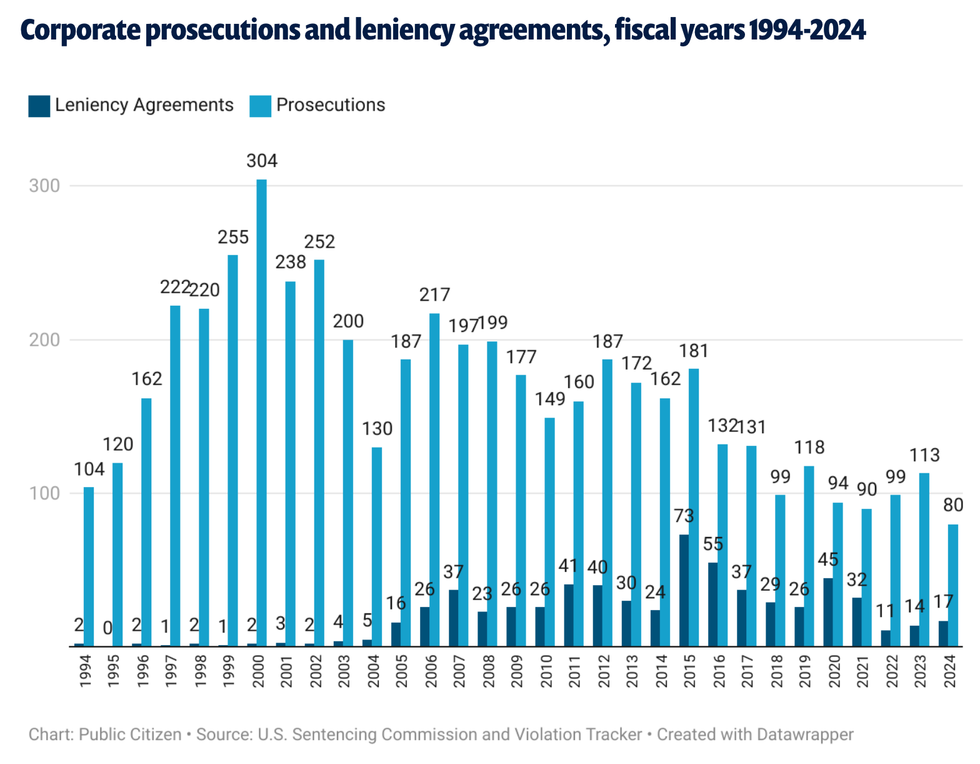President Trump and his administration have begun terminating hundreds of staff at the Federal Emergency Management Agency (FEMA). This continues an assault on the agency and its staff that the president started during the election campaign, and it leaves the entire country more vulnerable to the effects of disasters.
The loss of these staff will degrade FEMA’s ability to execute the critical missions the agency performs for the country. Beyond responding to ongoing storms, fires, and floods, FEMA staff help communities prepare for disasters, support long-term recovery efforts, work to reduce states’ and communities’ vulnerabilities, and support resilience and preparedness efforts nationwide.
Additional cuts on the horizon
Additional cuts are possible as the Trump administration looks to get rid of even more staff, according to news reports. These will reportedly target FEMA staff who work on climate resilience and disaster risk reduction. These cuts “will affect the entire FEMA workforce,” according to an internal agency memo, particularly the directorates for national preparedness, grants, hazard mitigation, and flood insurance and mitigation.
“FEMA staff are some of the most critical and needed in the federal government," says Rob Moore, a senior policy analyst at NRDC. Slashing these employees indiscriminately will put more Americans in harm’s way, and means we will have slower and less-coordinated recovery efforts.”
These actions come days after deadly floods in Kentucky and West Virginia. Hundreds of people are still displaced from their homes. Tens of thousands are without safe drinking water, and many roads remain impassable. The staff firings will reduce FEMA's ability to manage these emergencies, and response times will likely slow dramatically. Seven additional disaster declarations are currently awaiting approval by the White House, delaying critical assistance needed in states from California to Virginia.
States and local governments depend on FEMA to recover from disasters
FEMA is currently operating 33 joint field offices across the country, with thousands of staff supporting 97 major disasters and 9 emergency declarations. The agency is also managing long-term funding and recovery for 654 major disasters dating back many years. In total, FEMA is managing 1,057 incidents across every U.S. state and territory, including major disasters, federal emergencies, and fire management incidents.
The independent Government Accountability Office (GAO) cites the increasing frequency of disasters as stretching FEMA’s workforce in “unprecedented ways.” According to GAO, the number of disasters that FEMA is managing “more than doubled in the last seven years, from 30 disasters in 2016 to 71 disasters in 2023. Similarly, the average daily deployments increased from 3,331 employees before 2017, to 7,113 after 2017.”
For recent and ongoing disasters, federal staff are deployed to directly support response and recovery operations. During this phase, FEMA plays a major role coordinating complex operations involving multiple federal, state, and local agencies, as well as volunteer and nonprofit groups that work on disasters (e.g., the Red Cross, Habitat for Humanity, and community- and faith-based organizations). Later, FEMA transitions from active management to a supporting role, coordinating activities through its regional offices and with other federal, state, and local agencies.
FEMA staff also play a key role in distributing critical disaster funding to households, communities, states, and nonprofits. In 2024 alone, FEMA obligated $35 billion in funds to state and local governments for immediate disaster response and cleanup, as well as $29 billion to repair public buildings and infrastructure. Billions more were provided directly to disaster survivors, including $385 million just to North Carolinians affected by Hurricane Helene.
As of this writing, there are also seven major disaster declaration requests from governors that are pending action from FEMA and approval by President Trump. These include disasters in Kentucky, West Virginia, Virginia, Washington, Oklahoma, and California.
FEMA disaster staffing was already inadequate
As of February 20, FEMA has 14,203 staff assigned to various disasters around the country, with 7,136 of those deployed to joint field offices or other remote locations that are supporting active recovery efforts.
FEMA disaster staffing has been very thin for many years, as the frequency and severity of catastrophic disasters has increased. According to GAO, in 2022, “FEMA had a disaster workforce strength of approximately 11,400 employees at the beginning of fiscal year 2022, a gap of 35 percent between the actual number of staff and the staffing target of 17,670.”
The agency has not been able to achieve its disaster staffing targets for many years. This is due in part to high turnover in FEMA’s disaster workforce, as staff experience burnout with the increasing pace of disaster response, length of deployments, and the mounting pressure of existing staffing shortages.
President Trump’s cuts to FEMA staff will further exacerbate existing problems, leaving the nation unprepared for the disasters that will undoubtedly occur in the months and years ahead.





